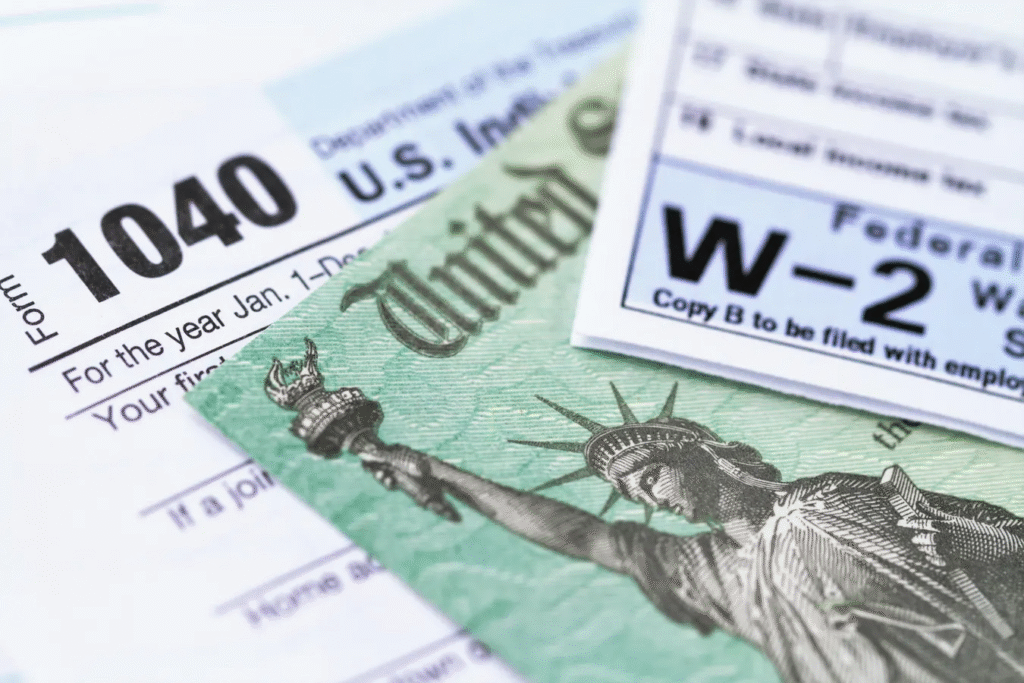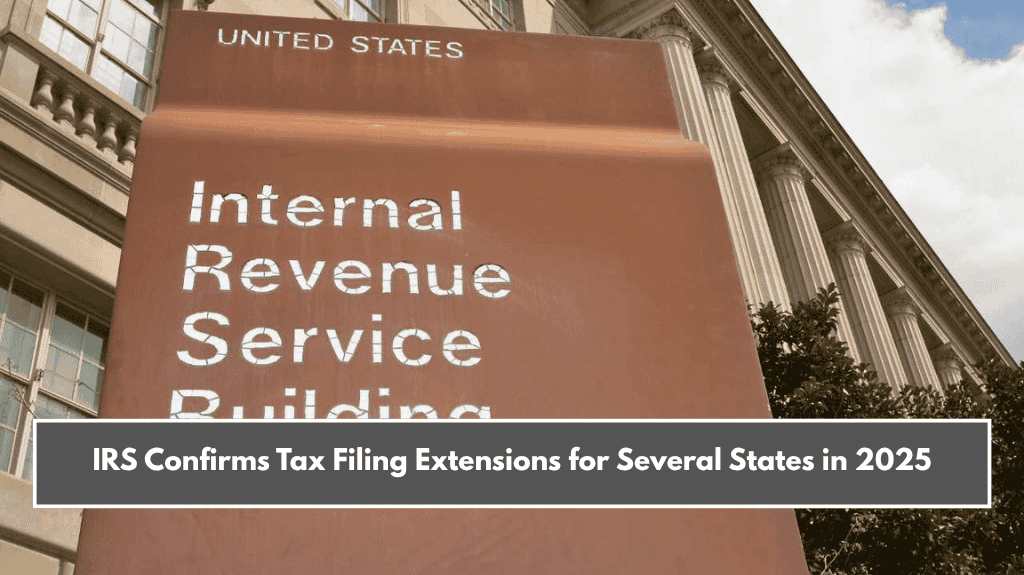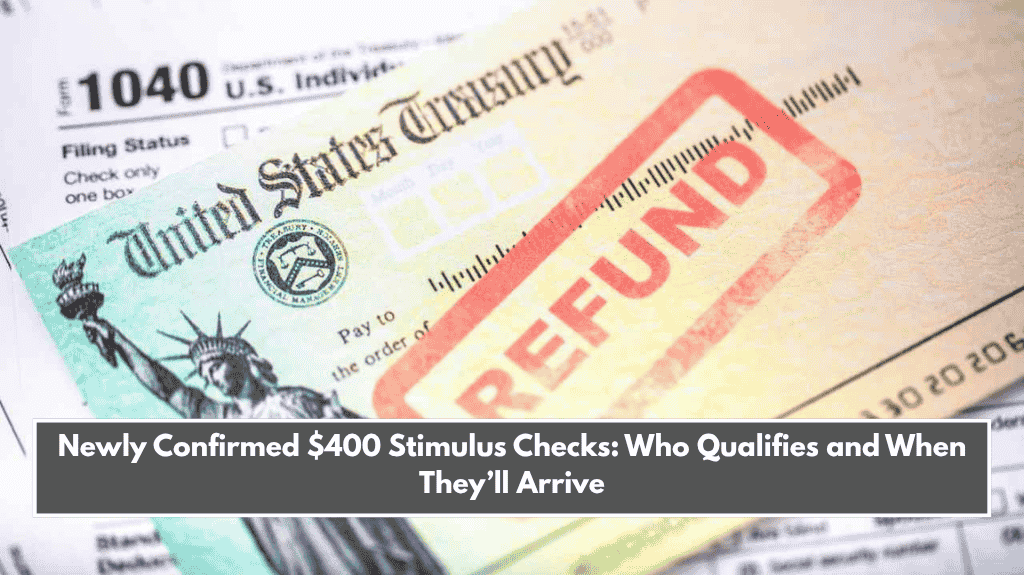Tax season in the U.S. is always a busy time, especially as the deadline approaches. For the 2024 tax year, the Internal Revenue Service (IRS) set April 15, 2025 as the last day to file your federal tax return. If you were due for a refund, you had to file by this date to avoid delays. But if you live in a disaster-affected area or are in the military, you might have more time.
Who Got More Time to File Taxes in 2025?
Some taxpayers automatically received extra time due to natural disasters. The Federal Emergency Management Agency (FEMA) declared parts of states like Alabama and Florida as disaster zones. Because of this, people living in those places got an extension until May 1, 2025 to file their tax returns. They didn’t have to apply or fill out any extra forms—the IRS gave this time automatically.
In total, nine U.S. states got these automatic extensions due to disasters that happened in 2024.
What About People Outside Disaster Areas?
Even if you didn’t live in a disaster zone, you still have until April 15, 2028 to claim your refund from 2024 taxes. That’s because the IRS has a “three-year rule.” After those three years, if you haven’t claimed your refund, the money goes to the U.S. Treasury, and you can’t get it back.
So if you’re owed a refund, don’t wait too long—it’s your money, but only for a limited time.
What Should Military Members Know?
If you’re a military member serving in a combat zone, you get a special extension. You have 180 days after leaving the combat area, plus any time you had left before April 15, to file your return. So, if you return from duty on June 1, 2025, your deadline starts from December 1, 2025.
To qualify, you must submit Form DD-214, which is your Certificate of Release, or a letter from your commanding officer. The IRS also has a guide called Publication 3 that explains more benefits for those in military service, such as tax breaks on income earned in combat.

How to Get a Voluntary Tax Filing Extension
If you’re not in a disaster area or in the military, but still need more time to file, you can request an extension using Form 4868. This gives you until October 15, 2025 to file your tax return.
Here’s how to do it:
- Estimate your taxes using tools like the IRS Withholding Calculator.
- Submit Form 4868 online through IRS.gov or using tax software.
- Pay any taxes you owe—you must still pay by April 15, or you’ll get fined.
- File your full return by October 15, including any missing documents.
Just remember: the extension gives you more time to file, not more time to pay. If you owe money and don’t pay by April 15, you’ll face penalties.
What Happens If You Miss the Deadlines?
If you’re waiting for a refund, the good news is there’s no penalty for filing late. But the bad news? If you wait more than three years, you lose your refund forever.
If you owe taxes and file late, you’ll face fines. The IRS charges 5% per month on the unpaid amount, with a maximum of 25% per year.
The IRS says that every year, around $1.5 billion in refunds go unclaimed. That’s a lot of money left behind! To help, they’ve improved services like the Interactive Tax Assistant (ITA) and in-person help centers in major cities.
Filing taxes can feel stressful, but knowing the deadlines and your options can make things easier. Whether you’re affected by a disaster, serving in the military, or just need more time, the IRS gives different ways to stay on track.
But don’t wait too long—especially if you’re due for a refund. After three years, your money is gone for good. Take advantage of the tools, ask questions if you’re unsure, and file on time to avoid losing money or paying extra fees.















